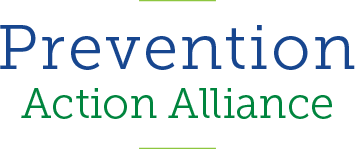
Efforts are currently being discussed to legalize marijuana as medicine in the state of Ohio.
Drug-Free Action Alliance and the Alcohol and Drug Abuse Prevention Association of Ohio (ADAPAO) do not support the legalization of marijuana as medicine based on legislative or voter initiative. Rather, marijuana should be subject to the same research, consideration, and study as any other potential medicine, under the standards of the U.S. Food and Drug Administration (FDA).
Voter or legislative initiative does not meet the scientific standards for approval of medicine. Consideration of marijuana as medicine should be treated with the same logical, rational approach as any other drug that has demonstrated health and safety risks. Anything less puts the health and safety of the general public at risk.
The research on the efficacy of marijuana as medicine is limited. The FDA, along with most national medical associations (including the American Medical Association, American Academy of Pediatrics, National Institutes of Health, Institute of Medicine, American Cancer Society, National Cancer Institute and the National Multiple Sclerosis Society) does not support smoked marijuana as medicine.
Leading medical organizations note that safer treatment options exist. And in fact, a synthetic version of marijuana (Marinol) is already approved under the guidelines of the FDA. Marijuana is classified as a Schedule I drug, which means it has a high potential for abuse, has no currently accepted medical use and lacks accepted safety for use under medical supervision. In the interest of public health and safety, more research is needed on identifying the chemicals within marijuana with any medical benefits, the associated health and safety risks, appropriate dosage levels and safe methods of reaching the intended user.
